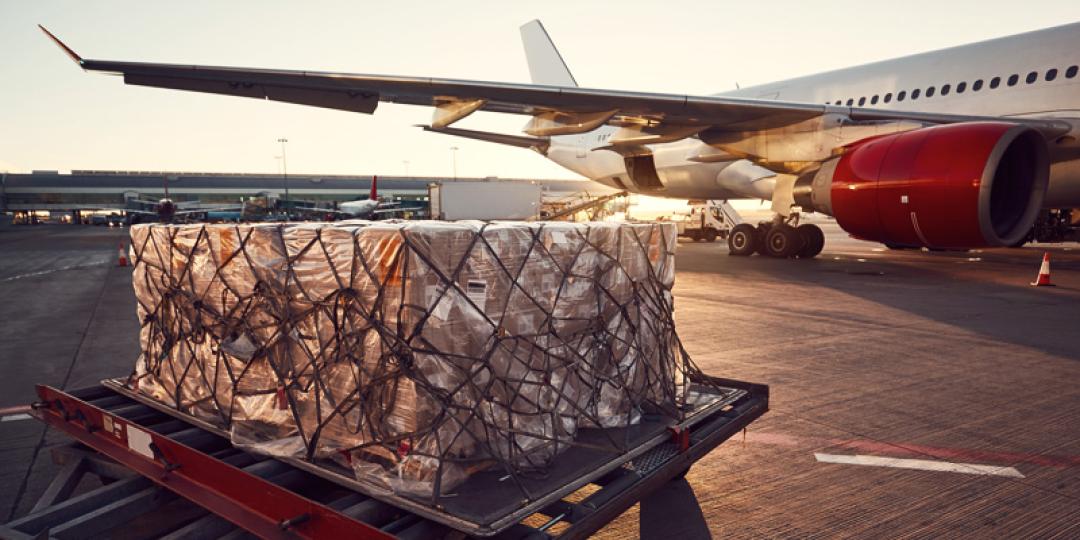Exceptional global air cargo load factors in the last two weeks of January saw 2021 begin with an unusual New Year ‘peak season’ as demand and supply were closely matched, according to the latest weekly market data from industry analysts CLIVE Data Services and TAC Index.
CLIVE’s ‘dynamic loadfactor’ analysis for the first four weeks of the year ending 31 January, based on the volume and weight perspectives of cargo flown and capacity available, shows a load factor of 66%, up 9 percentage points year-on-year. The global dynamic loadfactor for the last two weeks of January, however, saw an exceptional 10-15 percentage-point rise over the same days of January 2020.
“Strong, and historically atypical, demand for the start of a new year indicates that air cargo’s slow road to recovery continues,” says CLIVE’s managing director Niall van de Wouw.
“Global volumes in January were -4.5% compared to the same month a year ago, similar to December, and maintained month-on-month improvements following the -13% gap in year-on-year chargeable weight data reported by CLIVE Data Services in November,” he said.
Available global air cargo capacity in the four weeks to 31 January was -18% compared to 2020.
Van de Wouw said flights in January were ‘very full for the time of year’, which could be related to consumers spending more on high-value products than services such as travel and leisure at the start of the year.
“January’s load factors might be considered odd compared to previous years, but they are also not surprising when you look at the current dynamics in the industry. One airline recently mentioned to me that they had ‘November volumes in January’ – but it’s not free money. The market is very demanding and constantly changing, also because of the regulatory Covid landscape.”
He said airlines were having to ‘fly by sight’ as they simply did not know what was around the corner. “When we read that some carriers are telling customers they cannot guarantee their capacity commitments in January and February, this tells you how full flights are. On a lane level, for example, westbound and eastbound load factors across the Atlantic were higher in January than they were in November and December at 88% and 76% respectively. Capacity is tight and we sense no underlying currents which will swiftly change this.”
Airfreight rates had shown a corresponding peak in the last week of the month after a sizeable fall at the start of January, said TAC Index.













